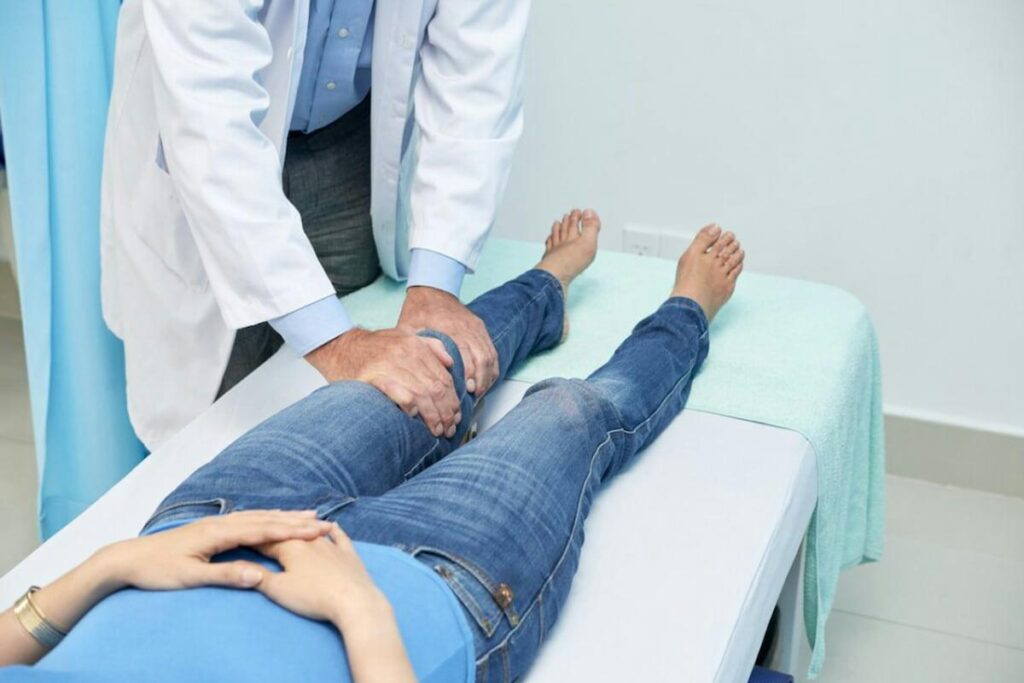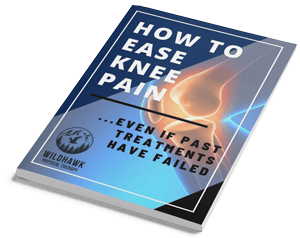
Introduction
Welcome to another insightful blog post from WildHawk Physical Therapy. In this article, we’ll explore a significant aspect of orthopedic care—knee replacements. Whether you’re considering knee replacement surgery, have recently undergone the procedure, or are supporting a loved one through the journey, understanding the intricacies of knee replacements is essential. From the decision-making process to the recovery phase, we’ll delve into the world of knee replacements, providing valuable insights for individuals seeking improved mobility and reduced knee pain.
The Decision-Making Process
Deciding to undergo knee replacement surgery is a significant step that involves careful consideration. Here are key factors in the decision-making process:
- Persistent Knee Pain: Individuals experiencing persistent knee pain that limits daily activities, such as walking, climbing stairs, or getting up from a seated position, may consider knee replacement.
- Loss of Joint Function: Severe arthritis or joint damage can lead to a loss of joint function, affecting mobility and quality of life.
- Failed Conservative Treatments: When conservative treatments like medications, physical therapy, and lifestyle modifications no longer provide relief, knee replacement may be a viable option.
- Impact on Quality of Life: If knee pain is significantly impacting overall quality of life, including sleep, mood, and the ability to engage in enjoyable activities, surgery may be considered.
Types of Knee Replacement Surgery
Understanding the different types of knee replacement surgeries is crucial:
- Total Knee Replacement (TKR): This involves replacing the entire knee joint with prosthetic components.
- Partial Knee Replacement: In cases where only one part of the knee is affected, a partial knee replacement may be performed, preserving healthy joint structures.
- Minimally Invasive Knee Replacement: Some surgeons use minimally invasive techniques, involving smaller incisions, to perform knee replacements.
The Surgery: What to Expect
The actual knee replacement surgery involves several steps:
- Anesthesia: Patients are typically given either general anesthesia or regional anesthesia, depending on the surgeon’s preference and the patient’s health.
- Incision: A carefully planned incision is made to access the knee joint.
- Reshaping Bones: Damaged bone and cartilage are removed from the thigh bone (femur), shinbone (tibia), and kneecap (patella).
- Implant Placement: Prosthetic components made of metal, plastic, or ceramic are securely implanted to replace the damaged joint surfaces.
- Closure: The incision is closed, and the surgical site is bandaged.

Post-Surgery: Recovery and Rehabilitation
Recovery from knee replacement surgery is a gradual process that involves:
- Hospital Stay: Most patients spend a few days in the hospital after surgery, where they receive pain management, physical therapy, and guidance on post-operative care.
- Pain Management: Medications are prescribed to manage pain and reduce inflammation.
- Physical Therapy: A structured physical therapy program is initiated to improve joint mobility, strength, and flexibility.
- Home Exercises: Patients are often provided with exercises to perform at home to complement in-clinic physical therapy.
- Mobility Aids: Initially, mobility aids such as crutches or walkers may be used to assist with walking.
Challenges and Considerations
While knee replacement surgery can significantly improve quality of life, it’s essential to be aware of potential challenges:
- Rehabilitation Commitment: Successful recovery requires a commitment to rehabilitation exercises and physical therapy.
- Potential Complications: Like any surgery, knee replacements carry some risks, including infection, blood clots, and adverse reactions to anesthesia.
- Long-Term Implant Wear: Prosthetic components may experience wear over time, potentially requiring revision surgery in the future.
Long-Term Benefits
Despite potential challenges, knee replacement surgery offers numerous long-term benefits:
- Improved Mobility: Many individuals experience a significant improvement in joint mobility and function.
- Reduced Pain: The surgery often results in a significant reduction or elimination of chronic knee pain.
- Enhanced Quality of Life: Patients can return to activities they once found challenging due to knee pain, leading to an enhanced overall quality of life.
WildHawk Physical Therapy – Supporting Your Knee Health Journey
At WildHawk Physical Therapy in Asheville, NC, we understand the importance of comprehensive care throughout the knee replacement journey. Our team of experienced physical therapists is dedicated to providing support at every stage, from pre-surgery education to post-operative rehabilitation. If you’re considering knee replacement surgery or are in the recovery phase, don’t hesitate to reach out to us for expert guidance and personalized care.
FAQ Section
Frequently Asked Questions:
- Q: How long does the recovery process take after knee replacement surgery?
A: Recovery times vary, but most individuals can expect to see significant improvements in the first few weeks and continue to progress over several months. - Q: Are there restrictions on activities after knee replacement surgery?
A: While certain high-impact activities may be limited, many individuals can return to low-impact activities like walking, swimming, and cycling after recovery. - Q: Can both knees be replaced at the same time?
A: Some individuals opt for bilateral knee replacement, where both knees are replaced simultaneously. However, this decision depends on factors like overall health and the surgeon’s recommendation. - Q: How long do knee replacements typically last?
A: The lifespan of knee replacements varies, but many prosthetic components can last 15-20 years or more with proper care and maintenance.
In conclusion, navigating knee replacements involves careful consideration, preparation, and dedicated rehabilitation. If you’re exploring the possibility of knee replacement surgery or are in the recovery phase, WildHawk Physical Therapy is here to provide the expert care and support you need for a successful knee health journey.










